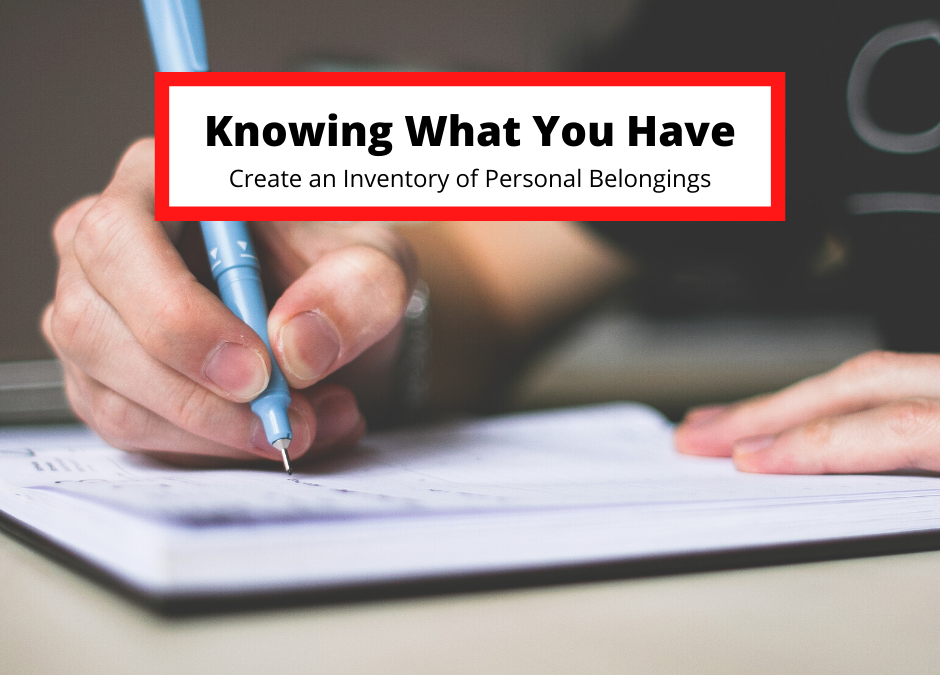Knowing What You Have…
From the time we’re small, each of us collects things. At first, it’s seashells or marbles, simple things that represent our discovery of the world around us. As the years pass, we find new things to treasure. Books, photographs, paintings, furniture, and family heirlooms.
Whether large or small, expensive or merely dear to us, the possessions we acquire over time say a great deal about us.
Today, you own a home filled with possessions of many kinds. Some are functional. Others are decorative, serving to enhance your surroundings. Each of these possessions tells something about your personal style and is worth protecting.
Wisely, you want to protect the things that mean so much to you, so you carry homeowners insurance. But to be certain your valued possessions are fully covered against fire, theft and other perils, you should take extra steps.
Many prudent homeowners install security devices, such as deadbolt locks, fire extinguishers, smoke alarms and perhaps even fire and burglary alarm systems connected to the fire or police station.
These precautionary measures will greatly reduce the chance and severity of a loss occurring. However, there is no guarantee al loss will not occur.
So, it’s important to go beyond that. Another step toward protecting your personal property – one that is often overlooked – is to create an inventory of the things in your home. Knowing what you have in your home will complement your home insurance plan with an inventory of all your personal possessions.
Once completed, you should review this inventory with your agent to determine whether or not your home insurance program provides adequate protection for the things you value most. If needed, supplemental insurance coverages may be recommended to protect property such as jewelry, collections, antiques, china, crystal – even personal computers.
This inventory will also be useful to you in the event of a loss. Having this information on hand will make it easier for you to file a complete and prompt claim, supported by accurate documentation.
Begin by walking through each room and writing down the items you see. Take your time. Be sure to list all items of value, along with their year of purchase, original price and current estimated value. If you don’t have all the relevant information at the time of your “walk-through”, leave blanks and fill them in after checking your purchase records.
As you’re completing your inventory, jot down serial numbers of items such as cameras, computers and home electronics. Items without serial numbers should be permanently marked with a unique identifier that will allow you to positively identify the item as belonging to you. Having such numbers available helps the police return recovered property to the rightful owner and is evidence to help prove that the property was stolen. Do not use Social Security numbers or any other information that could be useful to an identity thief.
Do you own a number of valuable items, such as antique jewelry or original works of art? If so, it’s wise to have these items appraised to establish their market value. Your agent can work with you to determine the right kind of coverage for these special items. This way, in the event of a covered loss, you can be confident that you will receive an insurance settlement that is appropriate to the value of the items.


